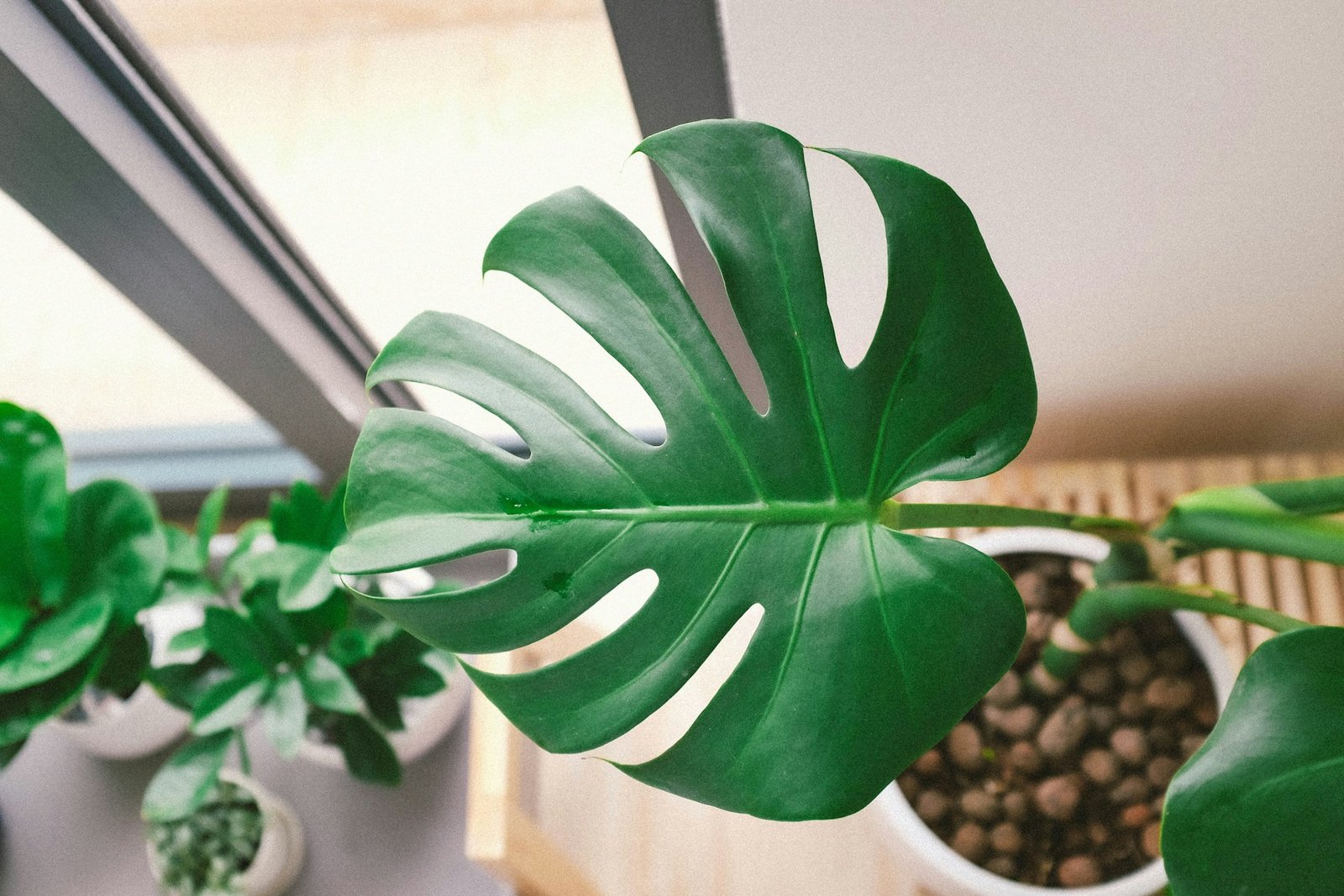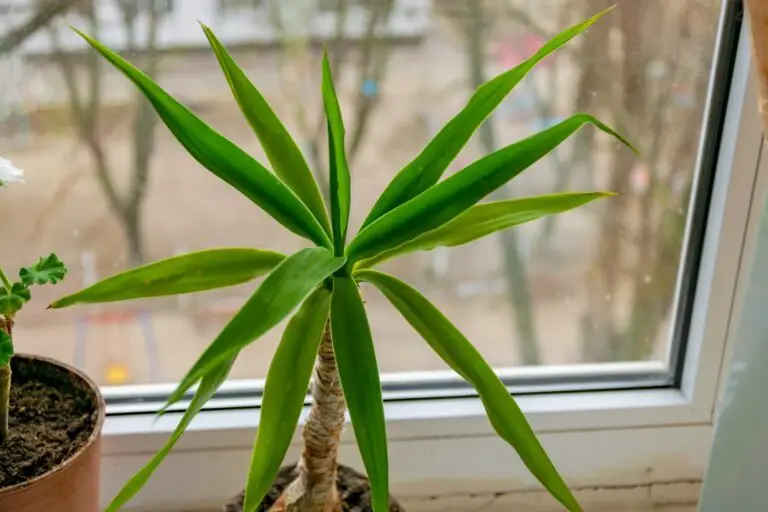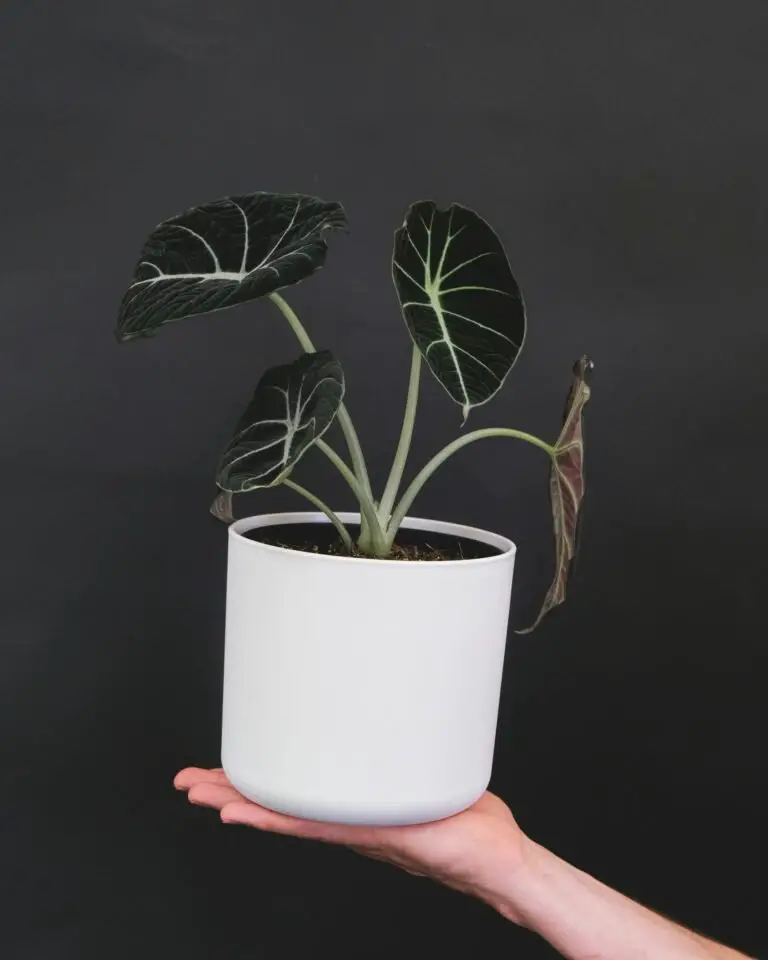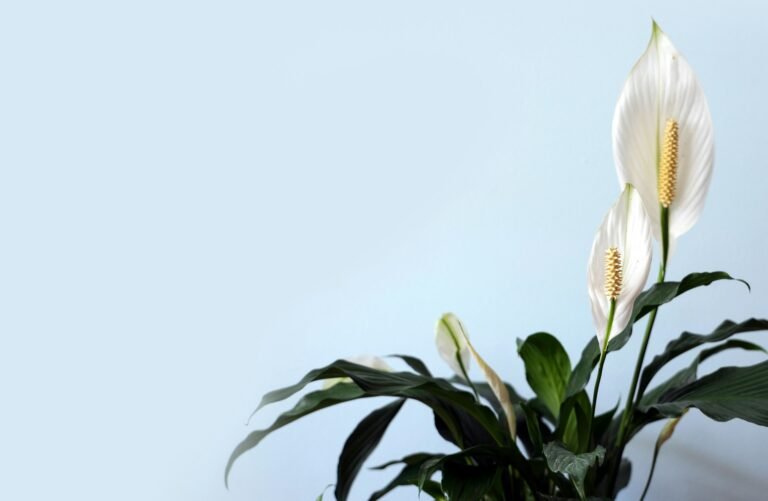7 Common Monstera Deliciosa Problems and How to Fix Them
So your Monstera isn’t looking like the lush jungle queen you imagined when you picked it up at the plant shop. Maybe the leaves are yellowing, refusing to split, or doing that weird droop thing that makes you feel judged. Trust me—you’re not alone.
Monstera Deliciosa may be “easy,” but it’s also a bit of a diva. The good news? Most issues are totally fixable. You just need to know what’s actually going wrong (spoiler: it’s probably water).
Let’s dig into the 7 most common Monstera problems and how to deal with them before you panic and throw the whole thing out.
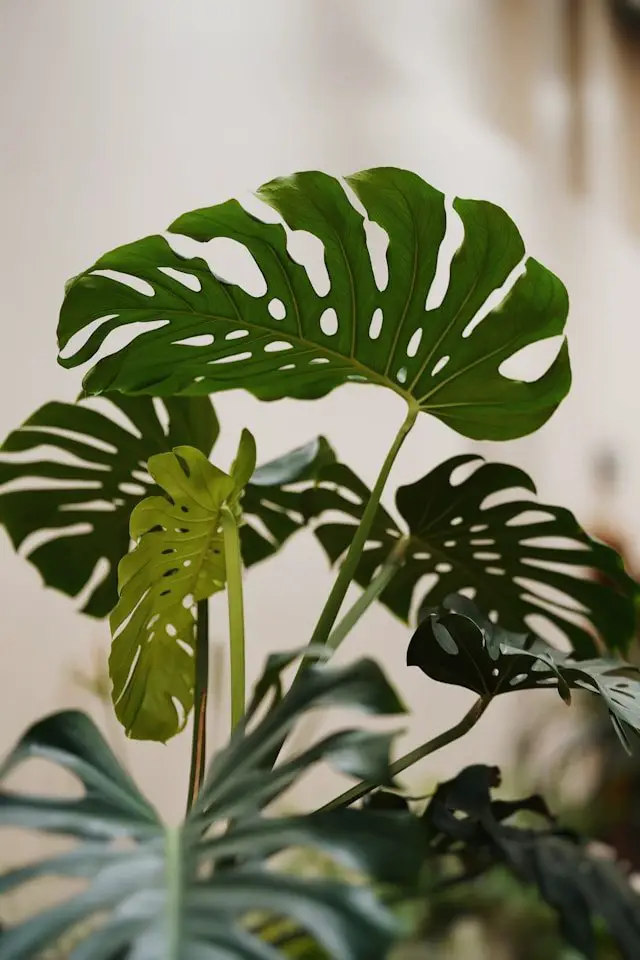
1. Yellow Leaves
What it means: Overwatering. Almost always.
Look, Monsteras like moisture—but they hate soggy soil. When you water too often (or use a pot without drainage), roots can rot, and the leaves turn yellow like they’re waving a tiny white flag.
How to fix it:
- Let the soil dry out before watering again (stick your finger in up to the second knuckle—dry? Go for it).
- Make sure your pot has a drainage hole. No exceptions.
- Use a chunky, well-draining mix (potting soil + perlite + bark works great).
Bonus tip: If only the bottom leaves are yellowing, and they’re older? That might just be natural aging. Chill.
2. Brown, Crispy Edges
What it means: Low humidity or inconsistent watering.
Monstera comes from the jungle. Your dry apartment in February? Not quite the same.
How to fix it:
- Increase humidity with a humidifier or pebble tray.
- Water consistently—don’t drench it one week and forget it the next.
- Avoid letting the soil go bone-dry too often.
FYI: Crispy tips = “I’m thirsty.” Soft, mushy spots = “I’m drowning.”
3. No Leaf Splits (Fenestrations)
What it means: Not enough light or your plant is still young.
Monstera leaves split as they mature, if they get the right conditions.
How to fix it:
- Move it closer to a bright, indirect light source.
- Be patient. Small, solid leaves are normal on young plants. Let it grow.
Want splits faster? Give it more light, support it with a moss pole, and feed it properly during the growing season.
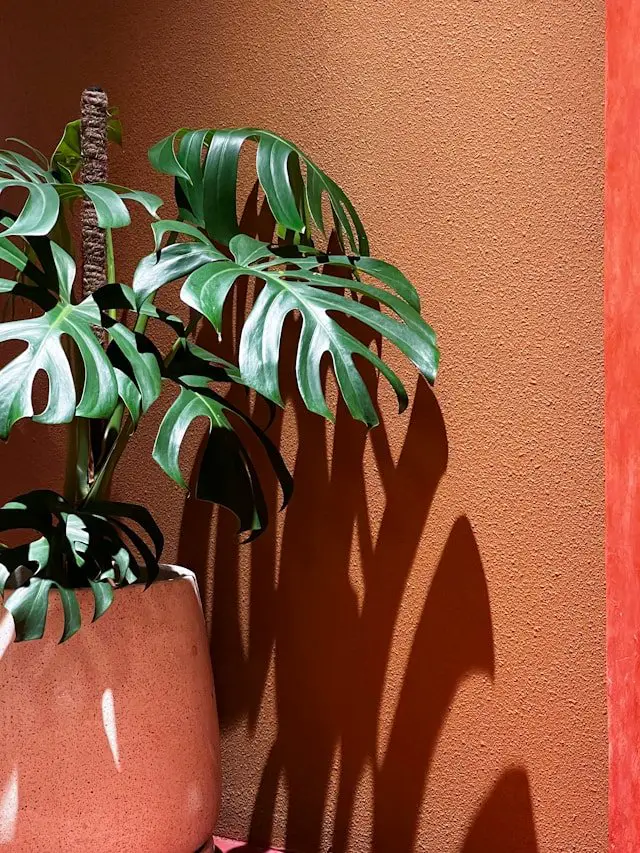
4. Drooping Leaves
What it means: Could be underwatering, overwatering, or just repotting stress.
Yeah, helpful, I know. But here’s how to tell:
- Leaves droop and soil is dry = probably thirsty.
- Leaves droop and soil is wet = probably drowning.
- Leaves droop after repotting = give it a week. Plants get dramatic about change.
How to fix it:
- Check moisture before acting.
- Adjust watering accordingly.
- Give it a minute to adjust if you just moved or repotted it.
5. Black or Mushy Stems
What it means: Root rot. This is the red alert zone.
Usually caused by overwatering + poor drainage = fungus party in the root zone.
How to fix it:
- Take the plant out of the pot and inspect the roots.
- Trim off any black, mushy, or smelly roots.
- Repot in fresh, well-draining soil in a clean pot with good drainage.
You might lose a few leaves in recovery, but it’s worth it.
6. Pale or Washed-Out Leaves
What it means: Too much direct sunlight or nutrient deficiency.
Despite its wild origins, Monstera doesn’t want to sunbathe. It prefers filtered light, like under a tree canopy.
How to fix it:
- Move it out of direct sun—especially harsh afternoon light.
- Feed it with a balanced fertilizer during spring and summer (every 4–6 weeks).
If you haven’t fertilized it in months and it looks “meh”? It’s hungry.
7. Stuck Leaves (New Growth Won’t Unfurl)
What it means: Low humidity or dry air is slowing things down.
Monstera loves humidity when it’s putting out new growth. Dry air causes new leaves to get stuck in a tight roll, like a tiny green burrito.
How to fix it:
- Boost humidity (humidifier or misting—but don’t overdo it).
- You can gently help unfurl stuck leaves with damp fingers if it’s been stuck for days.
Warning: If the leaf resists, leave it alone. Ripping it open won’t win you any favors.
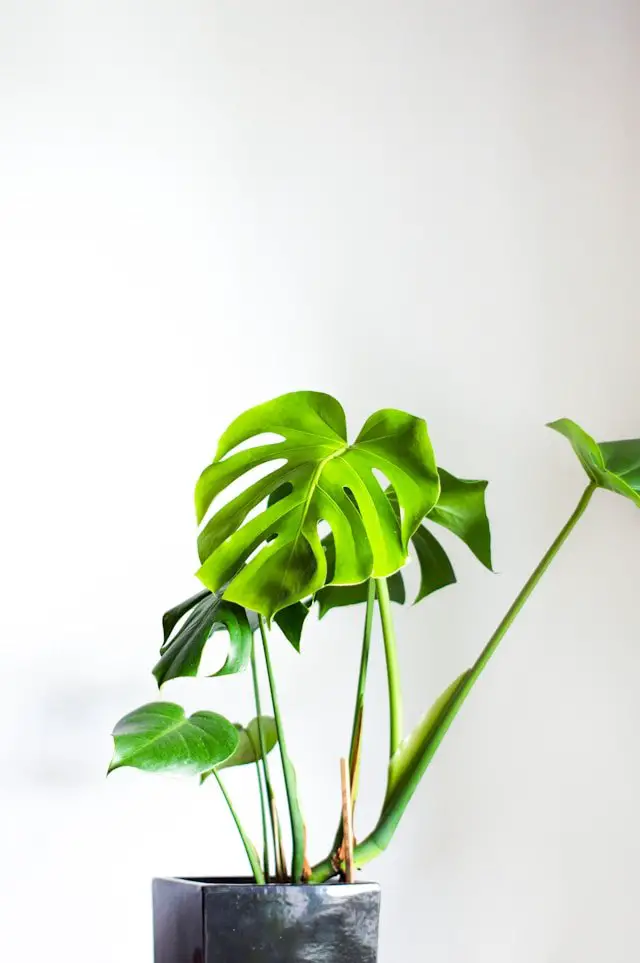
Bonus: When In Doubt, It’s Probably the Soil
Seriously—so many Monstera problems come down to the wrong soil mix or a pot with no drainage. Fix that, and you’ll avoid like 60% of common issues.
Ideal Monstera soil = well-draining, chunky, airy. Not soggy, compact, or dense.
Final Thoughts
Monstera Deliciosa is gorgeous, but she will test your patience if you ignore the basics. Luckily, most of her issues come with obvious symptoms—and obvious fixes.
Watch the watering. Check the light. Respect the humidity. Boom—healthy Monstera.
It’s not that hard. You’ve got this. And if you mess up? Just blame the soil. 😎

